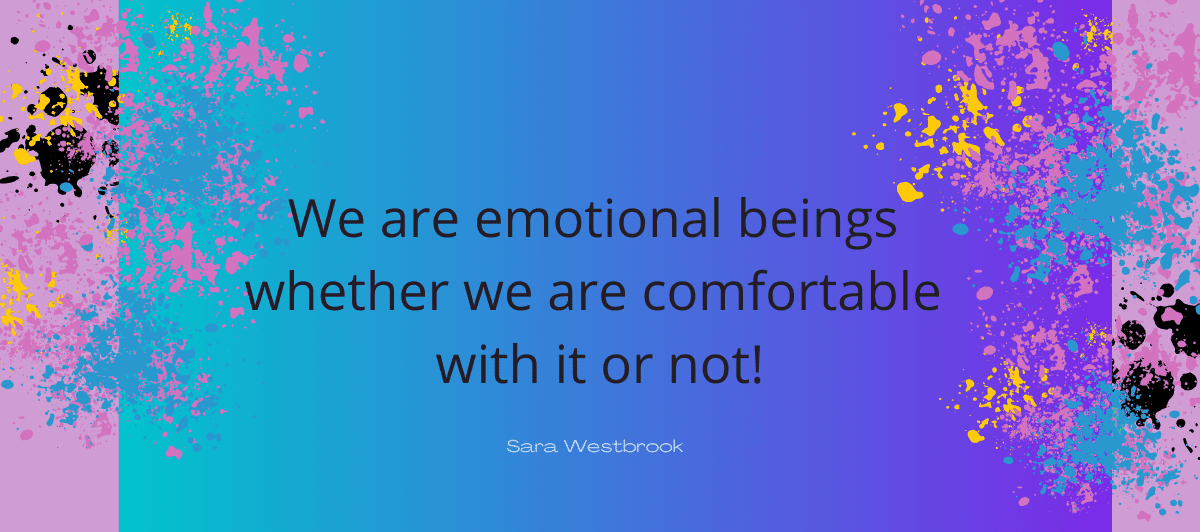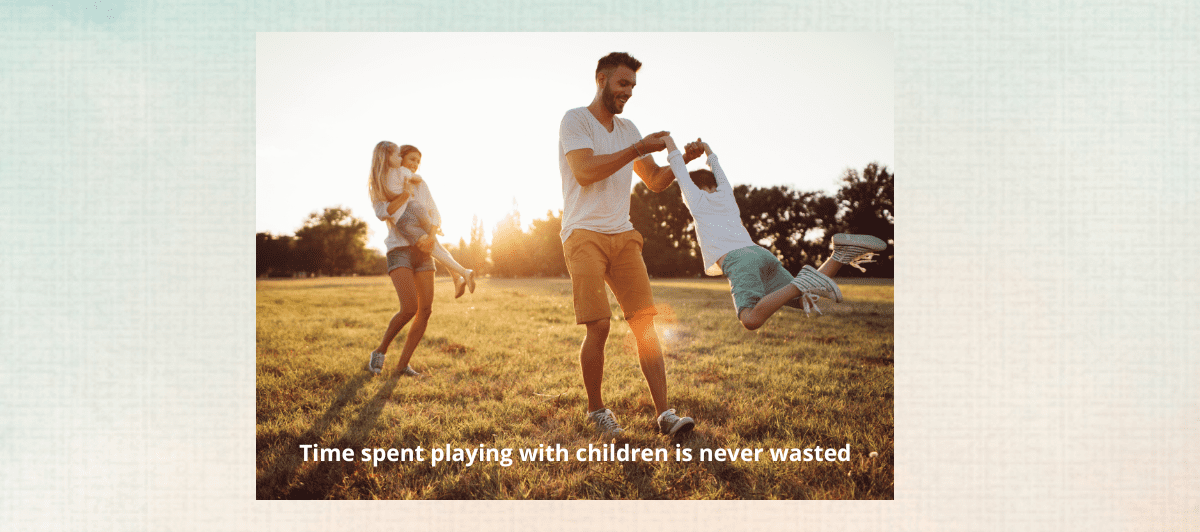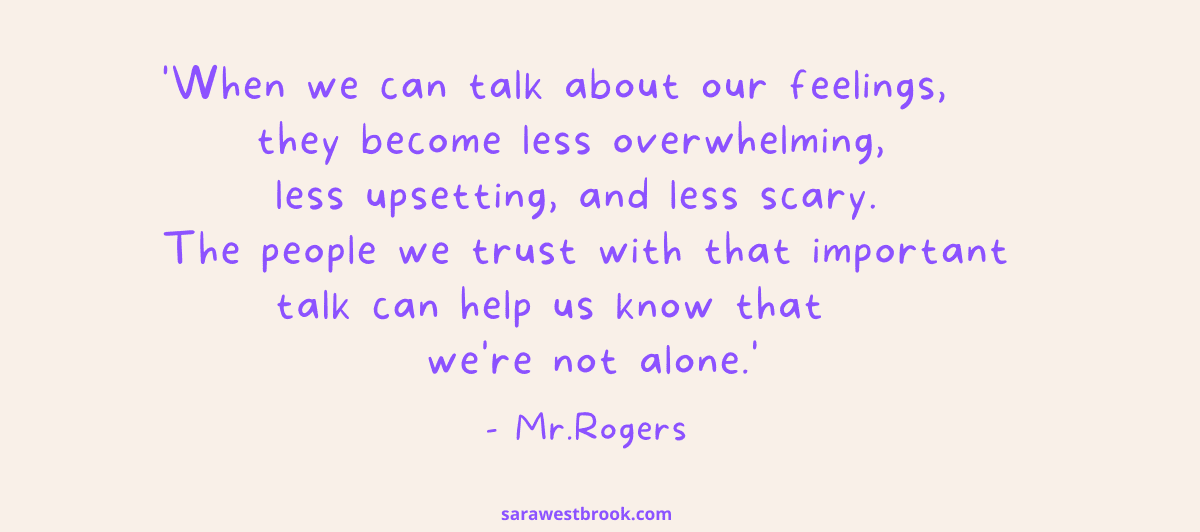
I can’t do this…YET!
I was having a conversation with my 12 year old nephew about heading back to school and asked, ‘Are you looking forward to going back to school?’
‘Kind of.’
I wanted to know why he said ‘kind of’.
‘Well… I do like the social part, however I worry about my performance at school, like doing well on tests and getting good grades. I’m not good at certain subjects.’
I shared with him the power of ‘YET’.
‘You don’t know it YET!’
‘You aren’t good at it YET!’
‘You haven’t achieved it YET.’
His demeanour changed as he said, ‘oh I like that.’
The Power of ‘YET’
Teaching your children/students to add the word “yet” at the end of a sentence changes how they think, feel and react to challenges and mistakes. It creates a mindset of growth, possibility and hope. It gives them the confidence to stay determined and put in the effort. It reminds them that they have the ability to learn.
I have created a “yet contract” that your children/students can sign to remind them to add the word ‘yet’ at the end of their sentence whenever they start to say ‘I can’t’ or ‘I’m not good at it’.
Until next time…












